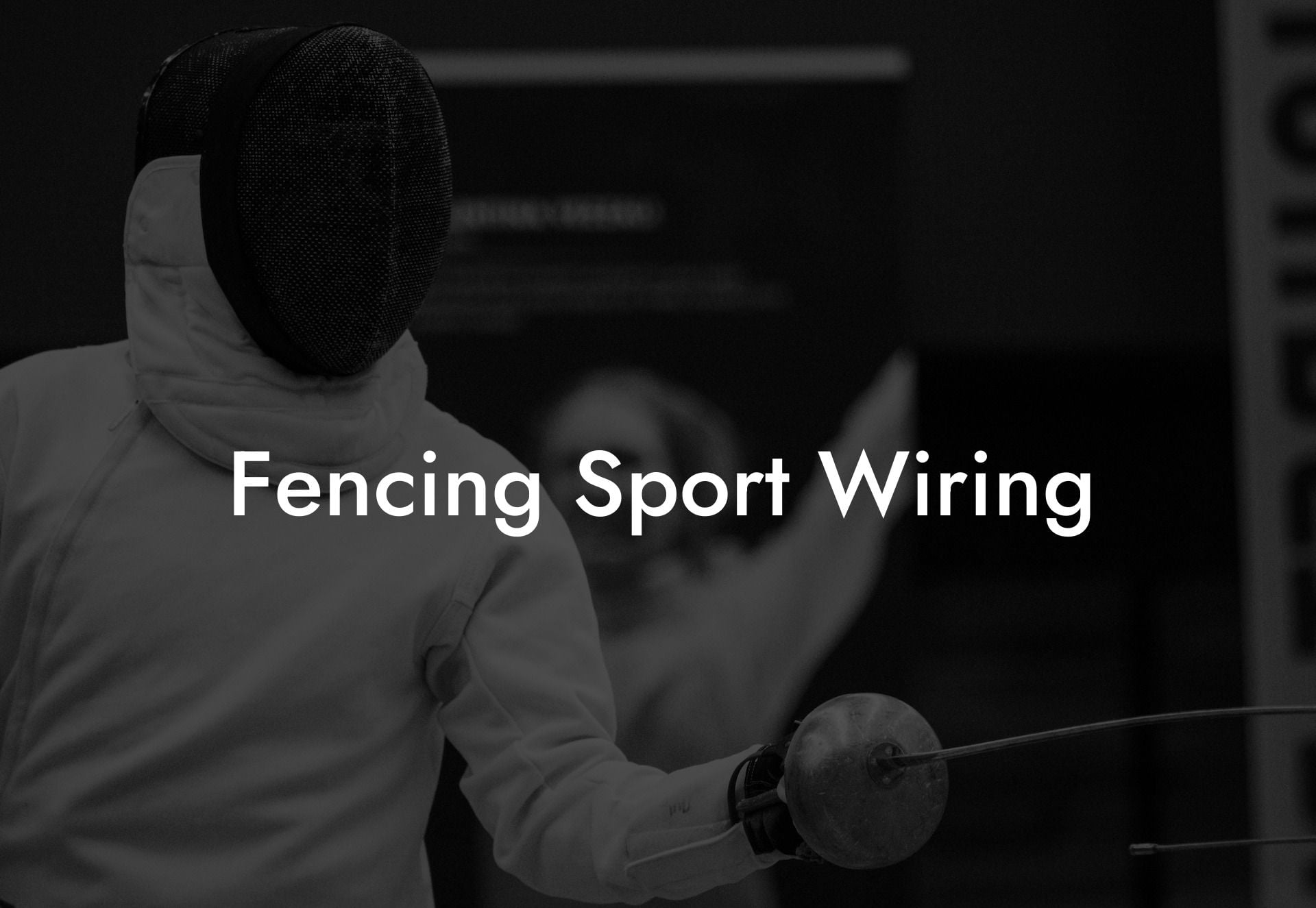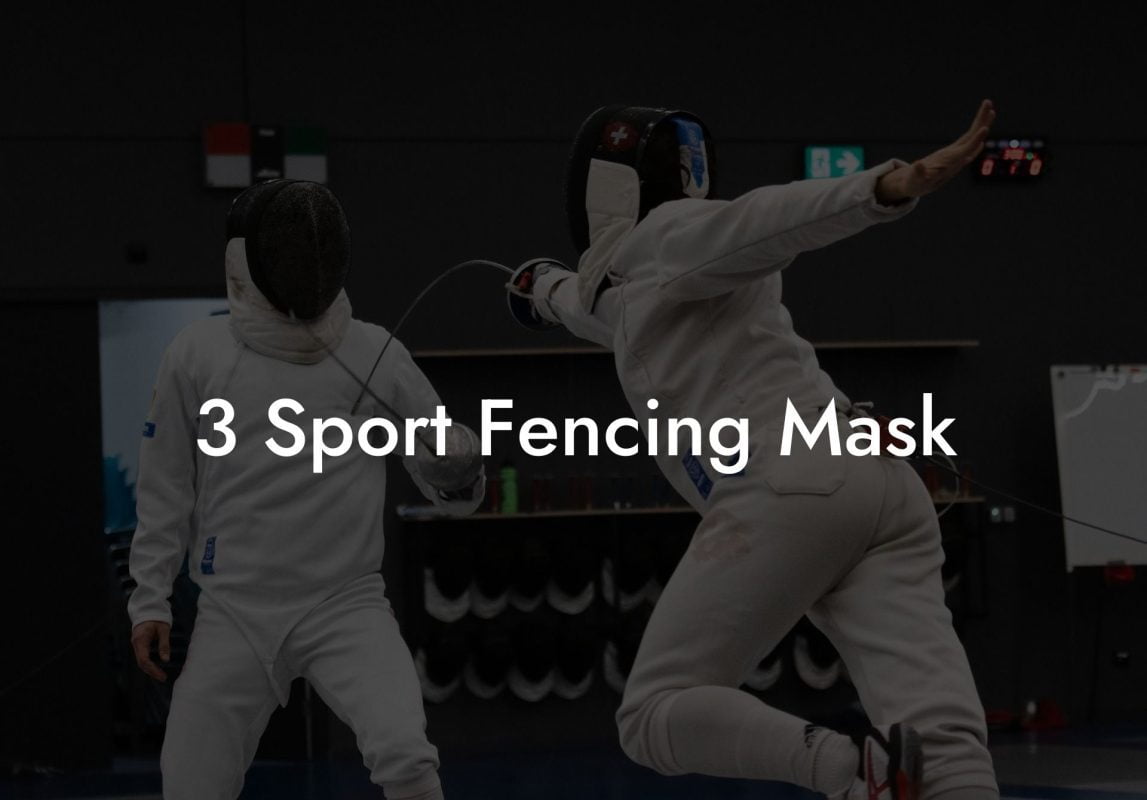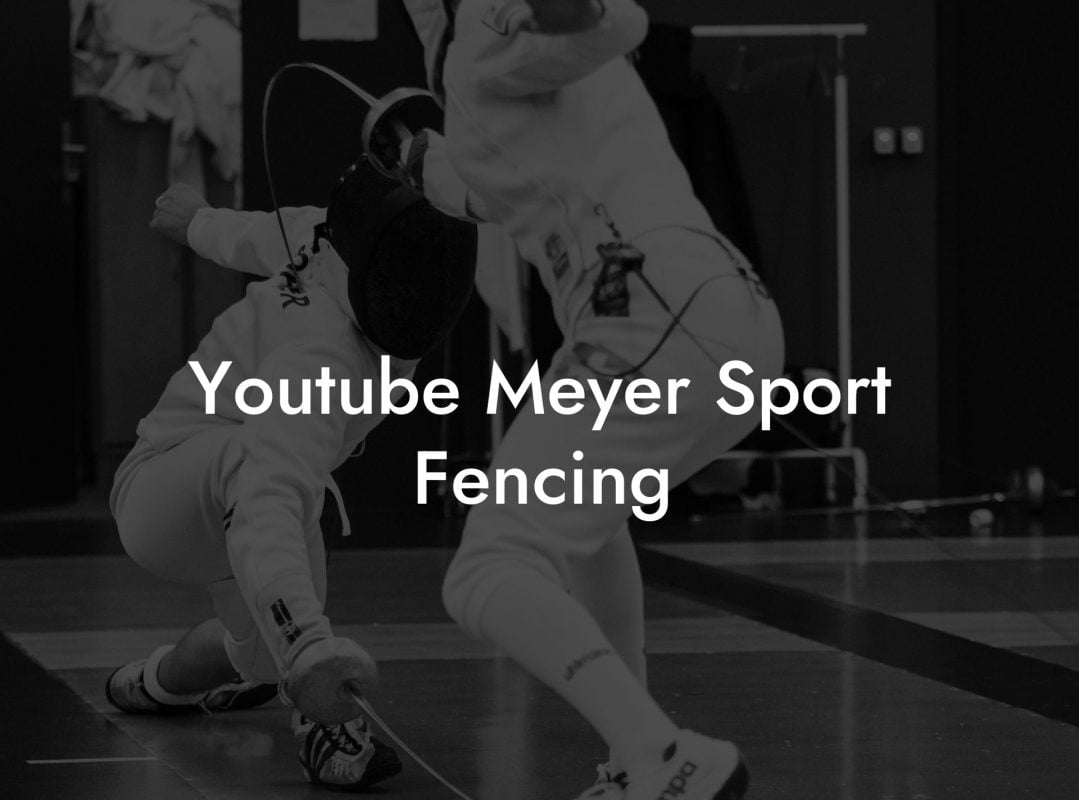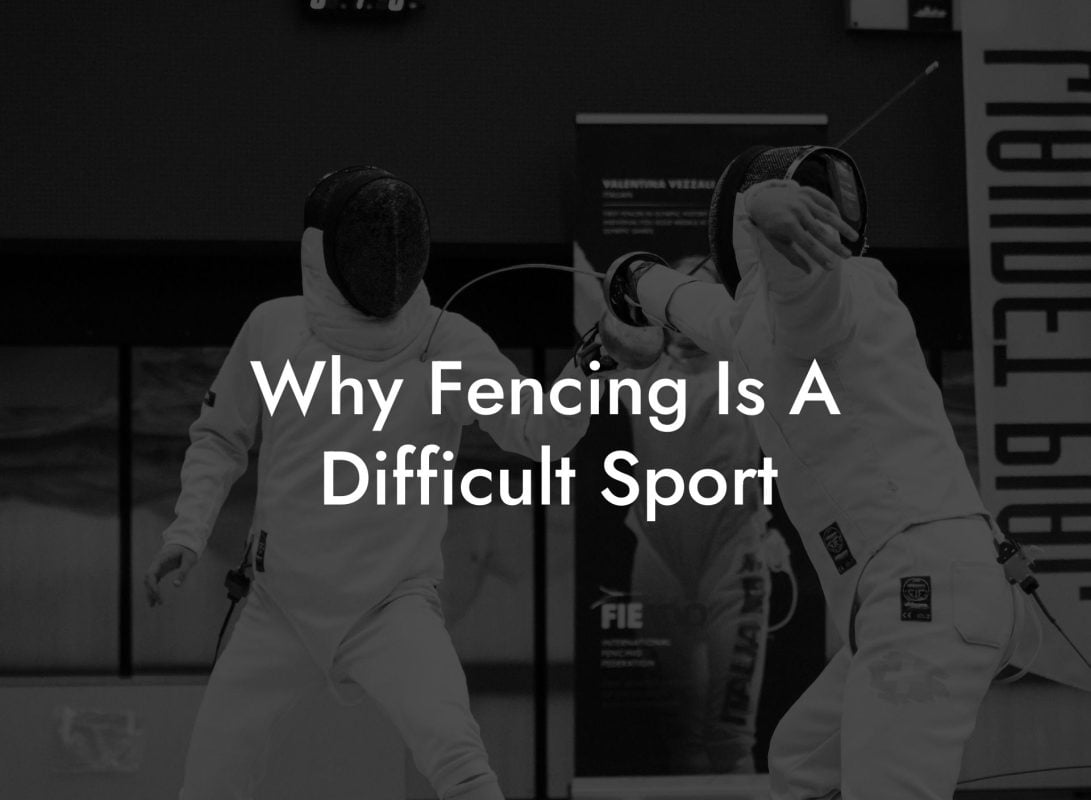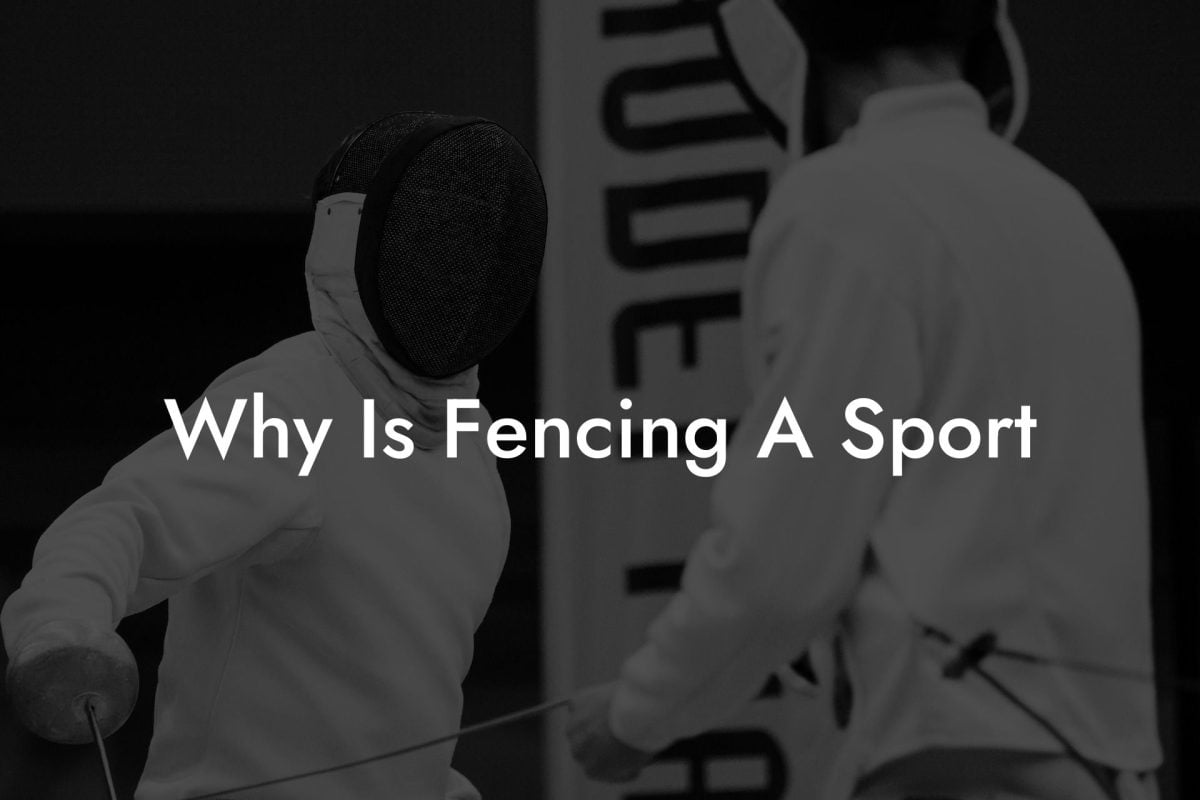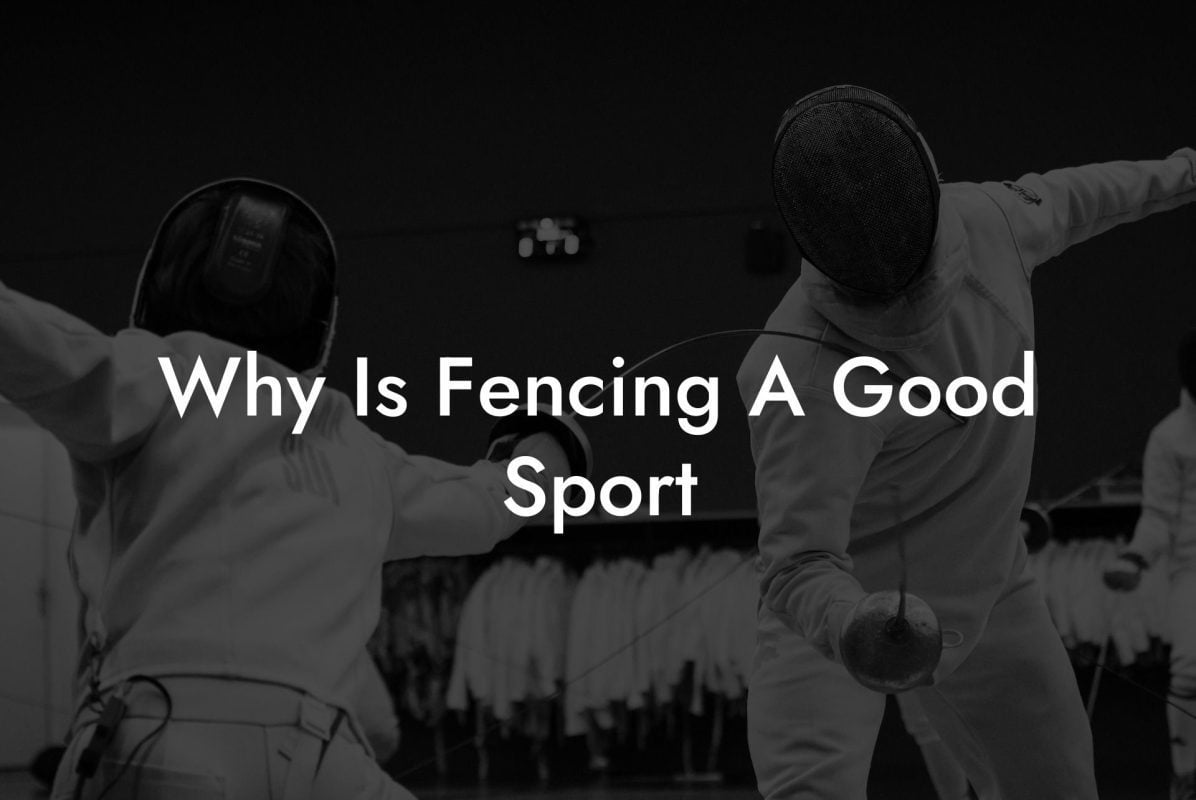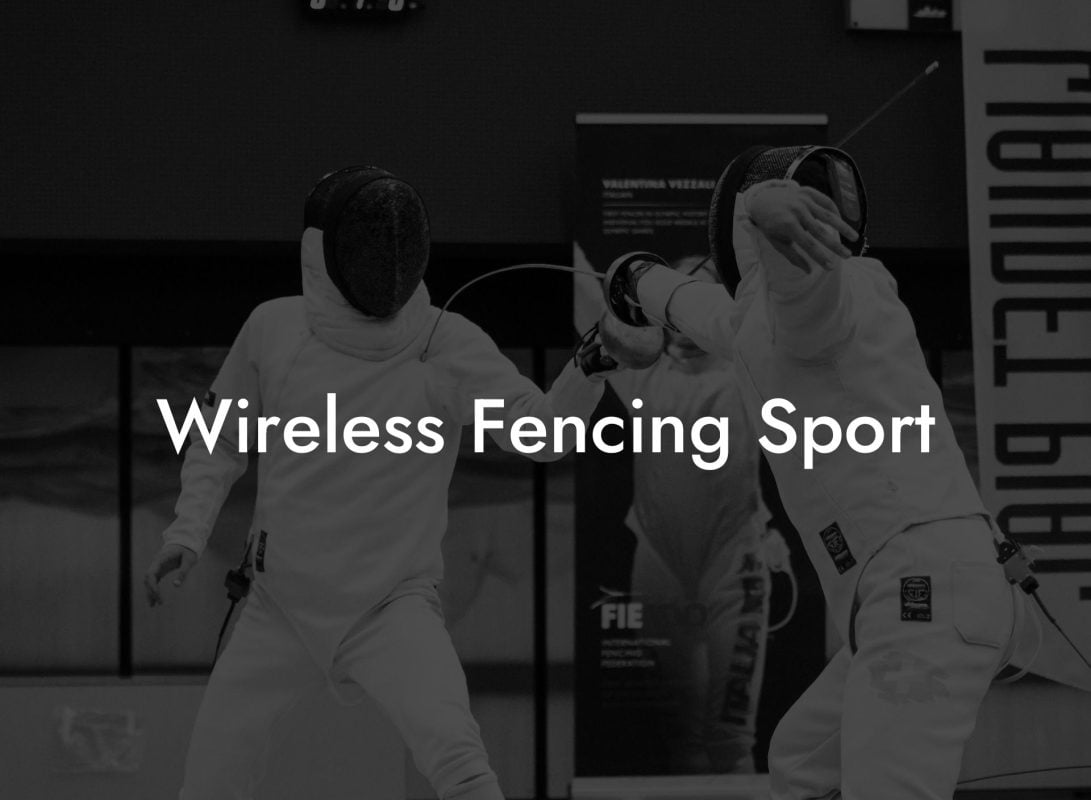Are you interested in learning more about the intricacies of fencing sport wiring? It's one of the key aspects of the sport that helps it maintain its unique mix of strategy, agility, and precision. In this article, we discuss the essentials of fencing sport wiring to help you better understand and appreciate this elegant sport.
Fencing Sport Wiring Table of Contents
Understanding Fencing Sport Wiring
Fencing sport wiring is an essential part of the sport's scoring system. It involves the connection of fencers' weapons to an electronic scoring apparatus, which helps the referees and spectators to determine when a hit has been made. This prevents any confusion and allows for a more accurate and fair competition. There are three primary fencing disciplines: epee, foil, and saber, each with its wiring rules.
The Reel System
In modern fencing, each fencer has a body cord that connects their weapon to a reel system. The reel system is then connected to the scoring apparatus, which records and signals when a hit is made. The reel system ensures that the fencers have the freedom to move around the fencing strip without being restricted by the cords.
Body Cords
Each fencing discipline has a specific body cord that is used to connect the weapon to the reel system. The body cord consists of three main components: the alligator clip, the three-pronged end, and the two-pronged end. The alligator clip connects to the fencer's lamé or mask, while the three-pronged and two-pronged ends connect to the weapon and reel, respectively.
Weapon Wiring
Each fencing weapon is wired differently, but the general purpose remains the same: to make a connection that allows for the scoring system to work. In all three weapons, a wire runs from the tip of the weapon through the blade and connects to the body cord.
- Epee Wiring: In epee, a circuit is created when the tip of the weapon depresses at least 0.5mm on an opponent's body/target area. This action causes the scoring apparatus to register a hit.
- Foil Wiring: In foil, there is an additional requirement for a hit to be valid. Besides the tip depression, the touch must land on the lamé (which covers valid target areas). This is because foil utilizes a right-of-way rule, where the fencer with priority gets the point.
- Saber Wiring: Unlike epee and foil, a saber has no need for a tip depression requirement as it is a cutting weapon. The entire blade and the lamé connected to the mask are wired as one conductive unit. This means that a hit is registered when blade contact is made with the opponent's lamé or mask.
Fencing Sport Wiring Example:
Imagine a scenario in an epee bout (no right-of-way rules). Two fencers, Alice and Bob, are on the strip, battling for supremacy. Alice makes an elegant lunge, touching Bob's arm with the tip of her epee. Meanwhile, Bob counterattacks, attempting to hit Alice's chest.
Thanks to the fencing sport wiring system, the scoring apparatus illuminates a colored light for Alice, indicating that the hit was valid. Simultaneously, no light comes on for Bob's counterattack, indicating no connection to a valid target area. The referee sees the light, awards Alice her point, and the bout continues.
Fencing sport wiring plays a crucial role in the fairness and excitement of fencing as a competitive sport. By ensuring accurate scoring and enabling fencers to have unrestricted movement, wiring enhances and preserves the unique character of fencing. Now that you have a better understanding of this important aspect, we hope you'll enjoy watching and participating in fencing even more. Don't forget to share this article with fellow fencing enthusiasts and explore other informative articles on the Anchorage Fencing Club blog!

